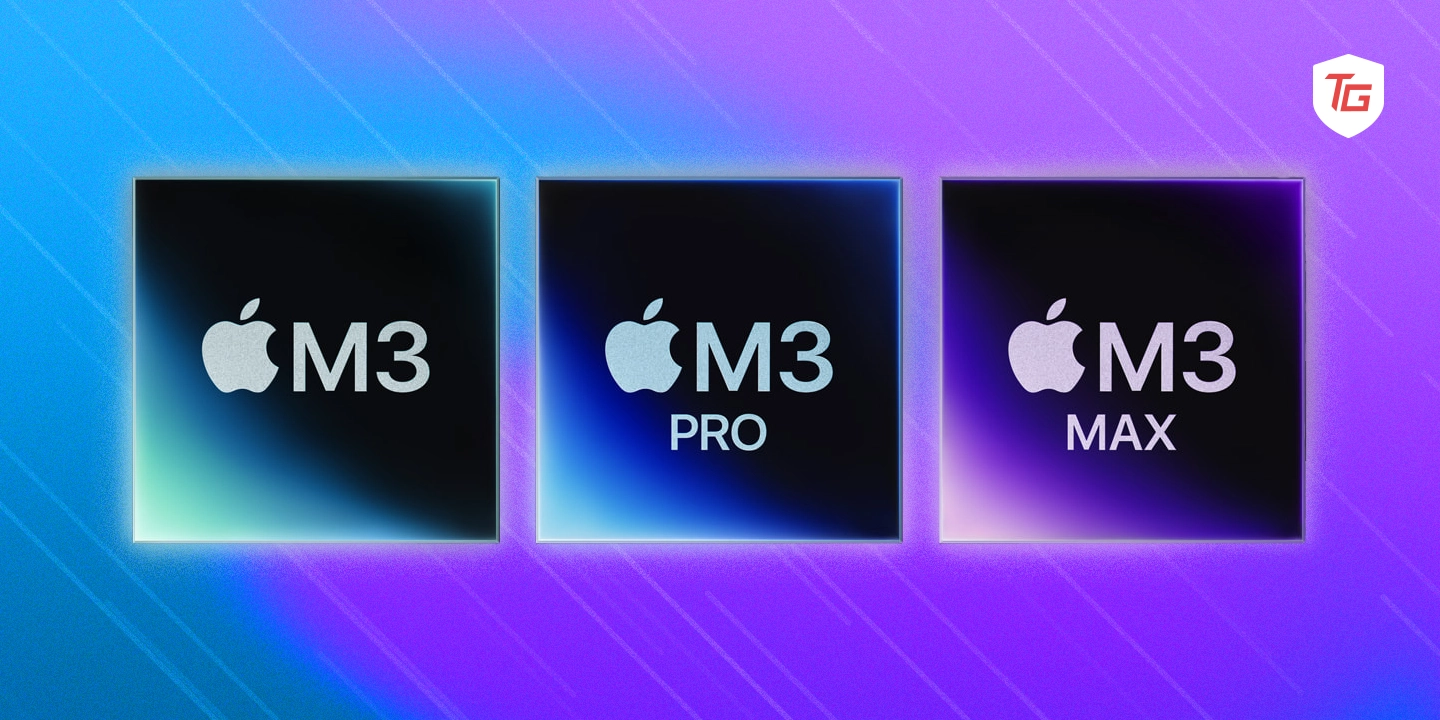Apple revolutionized the industry with the introduction of the M1 chip way back in 2020. Even after three years, Apple still strides to be the industry leader while the competition is trying to catch up to its last-gen versions. Now, with the M3 series, based on the latest 3nm process, Apple continues to keep the distance more. The new M3 family has been unveiled with M3, M3 Pro, and M3 Max, with rumors also showing a strong possibility of the M3 Ultra chip.
These chips are designed to redefine the Mac experience and elevate the capabilities of personal computers to new heights. Apple has brought some interesting changes to these powerhouses, and hence, let’s dive into in detail about the detailed analysis of the M3 series, where we will look at the key features and also help you choose the one right for you.
Let’s Exploring the M3 Family
| Specification 👉 | M3 | M3 Pro | M3 Pro Max |
|---|---|---|---|
| Transistors: | 25 billion | 37 billion | 92 billion |
CPU Cores: | 8 (4 performance, 4 efficiency) | 12 (6 performance, 6 efficiency) | 16 (12 performance, 4 efficiency) |
| GPU Cores: | 10 | 18 | 40 |
| Unified Memory Support: | Up to 24GB | Up to 36GB | Up to 128GB |
| Neural Engine: | Up to 60% faster than M1 | Up to 60% faster than M1 | Up to 60% faster than M1 |
| Media Engine: | H.264, HEVC, ProRes, ProRes RAW, AV1 decode | H.264, HEVC, ProRes, ProRes RAW, AV1 decode | H.264, HEVC, ProRes, ProRes RAW, AV1 decode |
Next-Generation GPU: A Game-Changer
The biggest upgrade in the M3 series is the introduction of a next-generation GPU. Apple has significantly improved the GPU of the M3 series, and it can now introduce new groundbreaking technology known as Dynamic Caching. With Dynamic Caching, the memory allocation will be based on real-time usage, thus maximizing performance for demanding professional applications and games.

With these improvements, users can render up to 2.5 times faster than the M1 series. Interestingly, Apple was hesitant to compare it with the last generation. But the innovations don’t stop there. The M3 chips also bring hardware-accelerated ray tracing and mesh shading to Mac for the first time. For those who don’t know, Ray tracing is a technology that models the behaviour of light.
With this technology, apps and games can create incredibly realistic and physically accurate environments. This also promises a bright future for gaming on Mac. This, combined with the new GPU architecture, opens the door to pro apps achieving up to 2.5 times the speed of the previous M1 chips.
Despite the performance improvements, Apple has ensured to maintain Apple’s legendary power efficiency. It can deliver the same power as M1, using nearly half the power and up to 65 percent more performance at its peak.
A Faster and More Efficient CPU
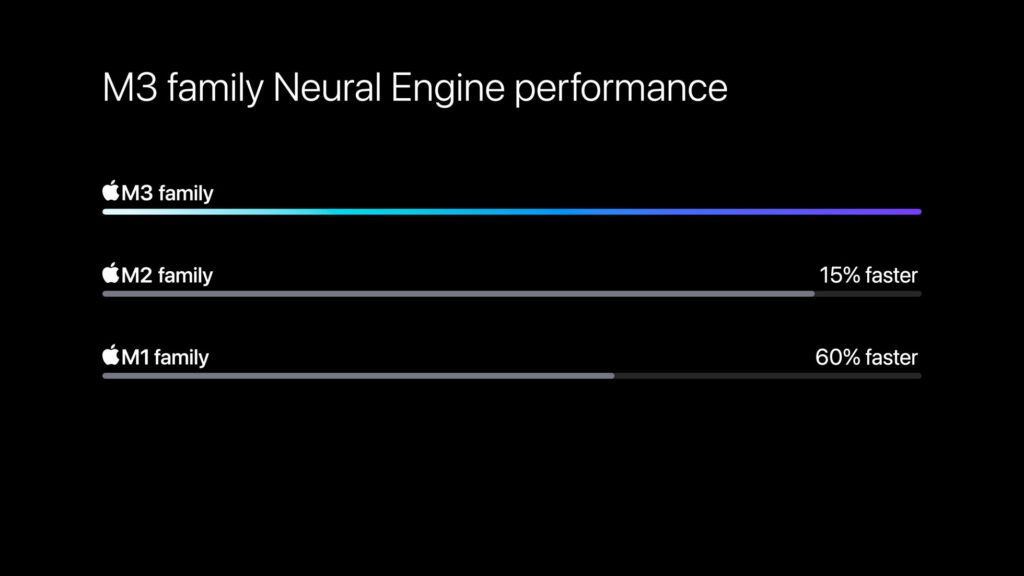
Similar to the GPU, the M3 series also gets upgrades to the CPU side. The performance cores are now up to 30 percent faster than the M1 series. Similarly, the efficiency cores are up to 50 percent faster than their M1 counterparts, ensuring a better battery life. This means for the same performance as M1, the CPU will only use less power.
At its peak, the M3 chips can offer up to 35 percent more performance. Combined with the support to sustain up to 128GB, it will only improve the performance further.
Custom Engines for AI and Video
Apple’s focus on AI and video processing is evident in the M3 family of chips. The enhanced Neural Engine is now up to 60% faster. This speed boost results in faster AI and ML workflows while preserving data privacy by keeping data on the device.
Additionally, the M3 chips feature an advanced media engine, providing hardware acceleration for popular video codecs, including H.264, HEVC, ProRes, and ProRes RAW. For the first time, the media engine supports AV1 decoding, enabling power-efficient playback of streaming services, further extending battery life.
Which Silicon Should Power Your Mac ?
As you can understand from the specs, the base M3 is the least powerful one in the lineup, whereas the M3 Max is the most powerful one among the three. The size of the chip varies based on the chip. The bigger the chip, the more memory processing capability, as larger chips have more transistors, thus able to handle higher workload.
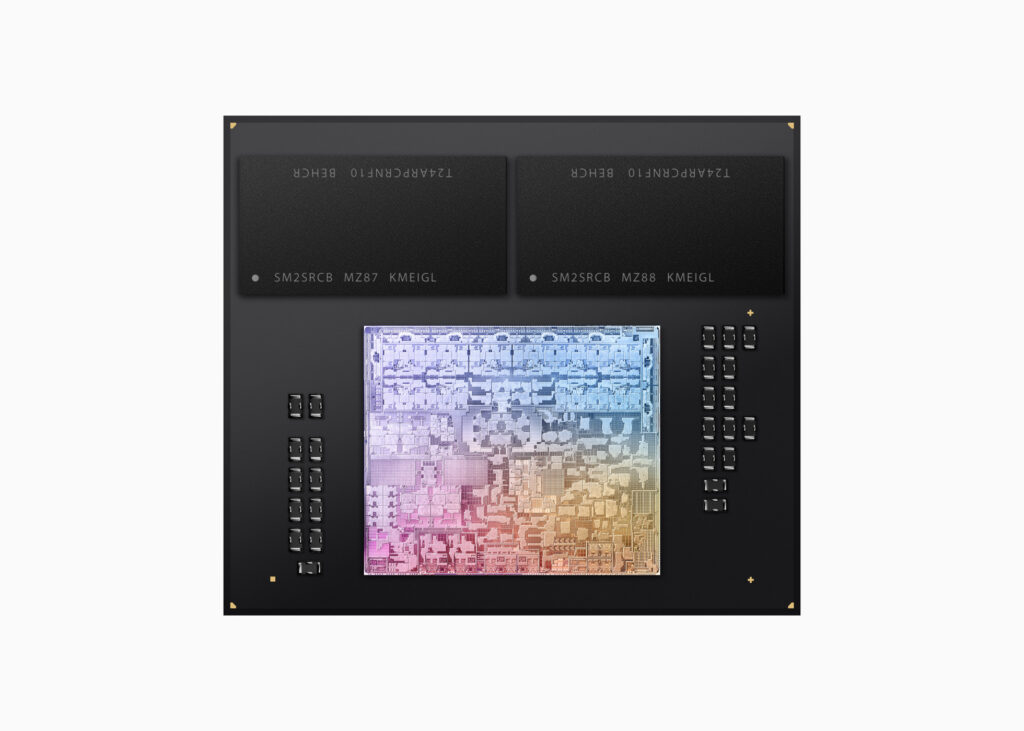
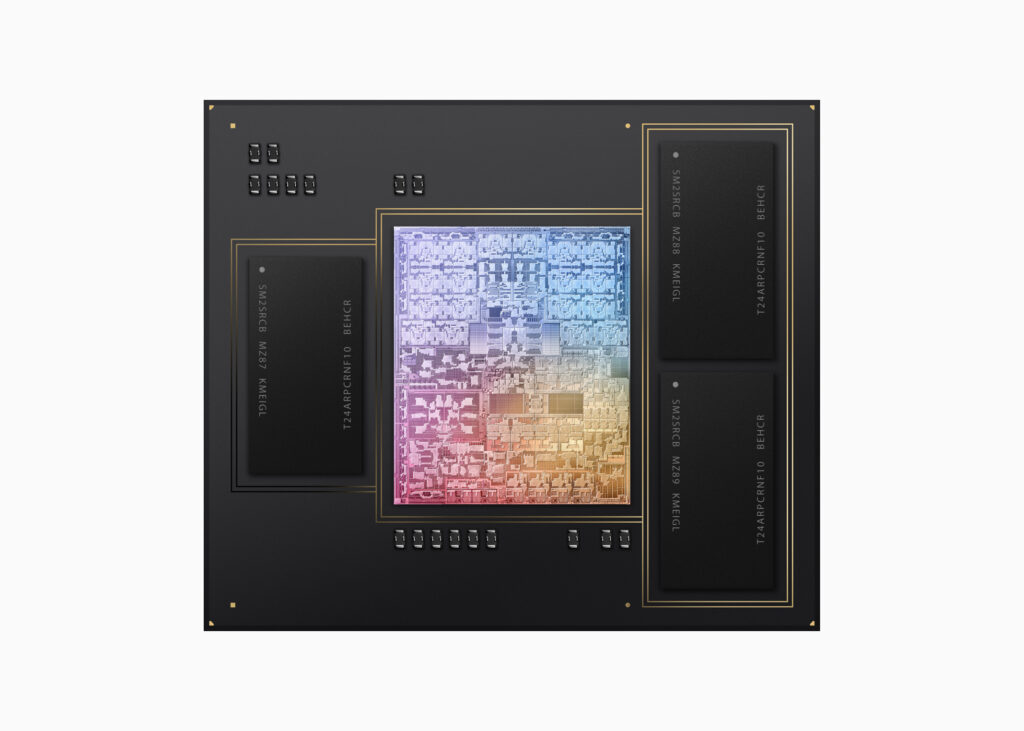
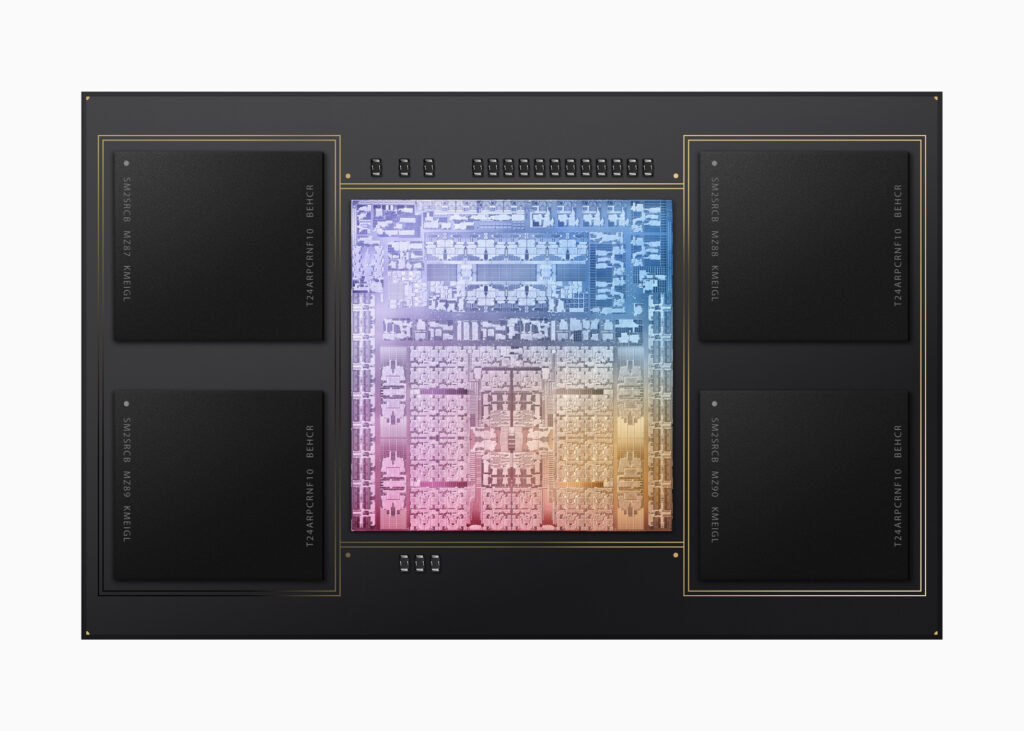
Despite the M3 chip being the least powerful, it’s still considerably improved over the M2 chip. Devices powered by this chip are best for school, work, light gaming, and creativity. Meanwhile, the M3 Pro comes with more CPU and GPU cores. While most casual users might not notice much difference, heavy gamers, musicians, and creative professionals could utilize this power.
As for the M3 Max, it’s the most powerful one, at least until the M3 Ultra comes out. With more than double the GPU cores, the M3 Max can handle graphically demanding workflows without breaking a sweat.
- M3 will be available with 👉 iMac 2023 (starts at $1299) and 14-inch MacBook Pro M3 (starts at $1,599)
- M3 Pro (base configuration) will be available with 👉 14-inch MacBook Pro M3 (starts at $1,999) and 16-inch MacBook Pro M3 (starts at $2499)
- M3 Pro (top configuration) will be available with 👉 14-inch MacBook Pro M3 (starts at $2399) and 16-inch MacBook Pro M3 (starts at $2899)
- M3 Max (base configuration) will be available with 👉 14-inch MacBook Pro M3 (starts at $3199) and 16-inch MacBook Pro M3 (starts at $3499)
- M3 Max (top configuration) will be available with 👉 16-inch MacBook Pro M3 (starts at $3999)
What’s new with Apple M3 chips?
- Dynamic Caching: This technology allocates the use of local memory in hardware in real time so only the exact amount of memory needed is used for each task. This can improve performance and efficiency.
- Hardware-accelerated ray tracing: This technology enables more realistic rendering of light and shadow.
- Mesh shading: This technology enables more efficient rendering of complex 3D models.
Should You Upgrade to a Mac With an M3 Chip?
The introduction of the M3 family of chips by Apple is nothing short of revolutionary. These chips redefine the Mac experience, pushing the boundaries of what is possible with personal computers. Combining cutting-edge GPU technology, a faster and more efficient CPU, unrivaled unified memory architecture, and custom engines for AI and video processing results in an unparalleled computing experience. Whether you’re a casual user, a professional, or a demanding AI developer, the M3 family offers a chip that suits your needs.
With Apple’s unwavering commitment to innovation and environmental sustainability, the future of computing looks brighter than ever. The M3, M3 Pro, and M3 Max chips represent a new era in technology, setting a high bar for the industry’s future innovations.
More Comparisons:

